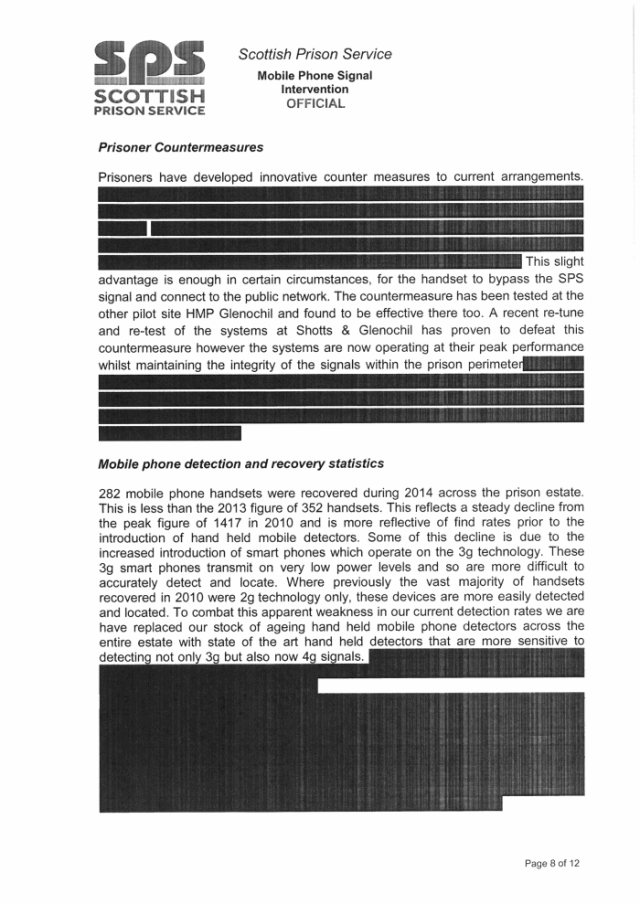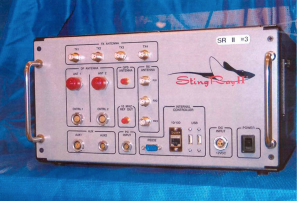
The Scottish Prison Service (SPS) has confirmed that it used IMSI catchers (aka "stingrays" after a US company that makes such devices) at two prisons in Scotland. This is the first confirmation of official stingray use by UK authorities, though they are almost certainly being used elsewhere in the country as well.
According to documents returned by a Freedom of Information request filed by The Ferret, the SPS were using (or perhaps still are using) both mobile and static stingray devices at HMP Shotts in Lanarkshire and HMP Glenochil near Alloa. The SPS spent more than £1.2 million outfitting both prisons. It appears that the SPS were trialling stingray tech at Shotts and Glenochil before potentially rolling it out to other prisons.
While stingrays can be used to snoop on conversations or otherwise gather intelligence, it appears that in this case the SPS were using IMSI catchers to stamp out mobile phone use at the prisons (it's a criminal offence to use a mobile phone from prison). IMSI catchers work by tricking nearby mobile devices to connect to them, rather than an official base station. The stingray can then be used to triangulate the user's location, or to simply block the connection.


The same document says that the SPS recovered significantly fewer mobile phones at HMP Shotts in 2014 (282) than in 2013 (352). "Some of this decline is due to the increased introduction of smartphones which use 3G technology," reads the report. "These 3G smartphones transmit on very low power levels and so are more difficult to accurately detect and locate." Back in 2010, when the prisoner phones only used 2G, 1417 handsets were tracked down at Shotts alone.
The introduction of 4G coverage near the prisons after the trial had begun also posed a problem. According to The Ferret, the systems at Shotts and Glenochil were only commissioned to block 2G and 3G, so 4G signals could slip by scot-free. The fact that phones are physically a lot smaller today than in 2010 also didn't help.
The report notes that the SPS wanted to use stingray tech at HMP Edinburgh, but it lost out to the rural prisons for two reasons. First, the UK's mobile carriers had already started rolling out 4G in Edinburgh. Second, if they had used IMSI catchers at HMP Edinburgh, which is within Edinburgh's urban area, there would've been a "high risk" of interfering with mobile users outside the prison.
The document concludes with a recommendation that IMSI catchers aren't rolled out to other prisons until the various wrinkles have been ironed out.
There have been various reports of stingray use by the UK authorities as far back as 2011, but this is the first time that it's ever been confirmed. Last year, Sky News reported that it had found widespread use of IMSI catchers across London.
reader comments
20